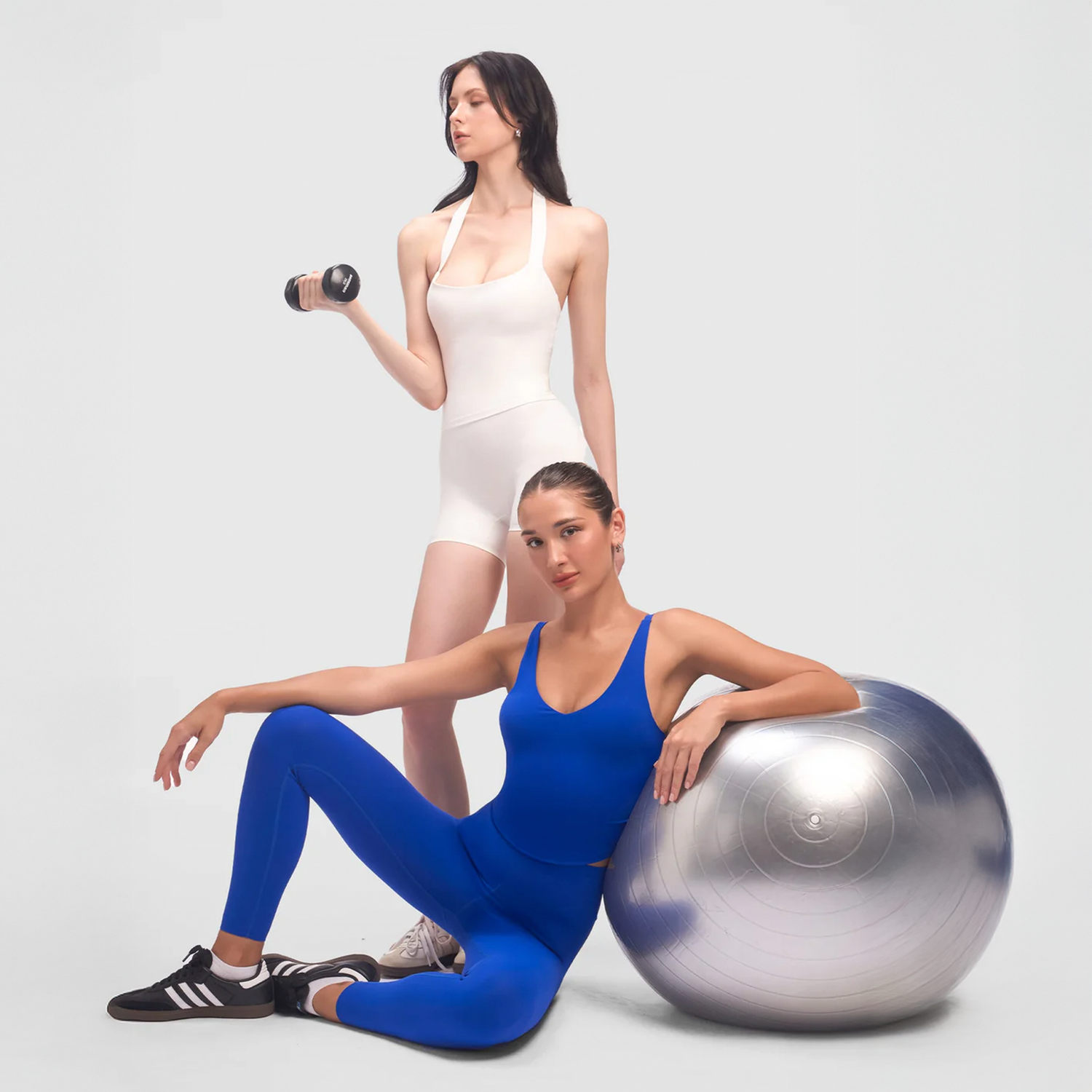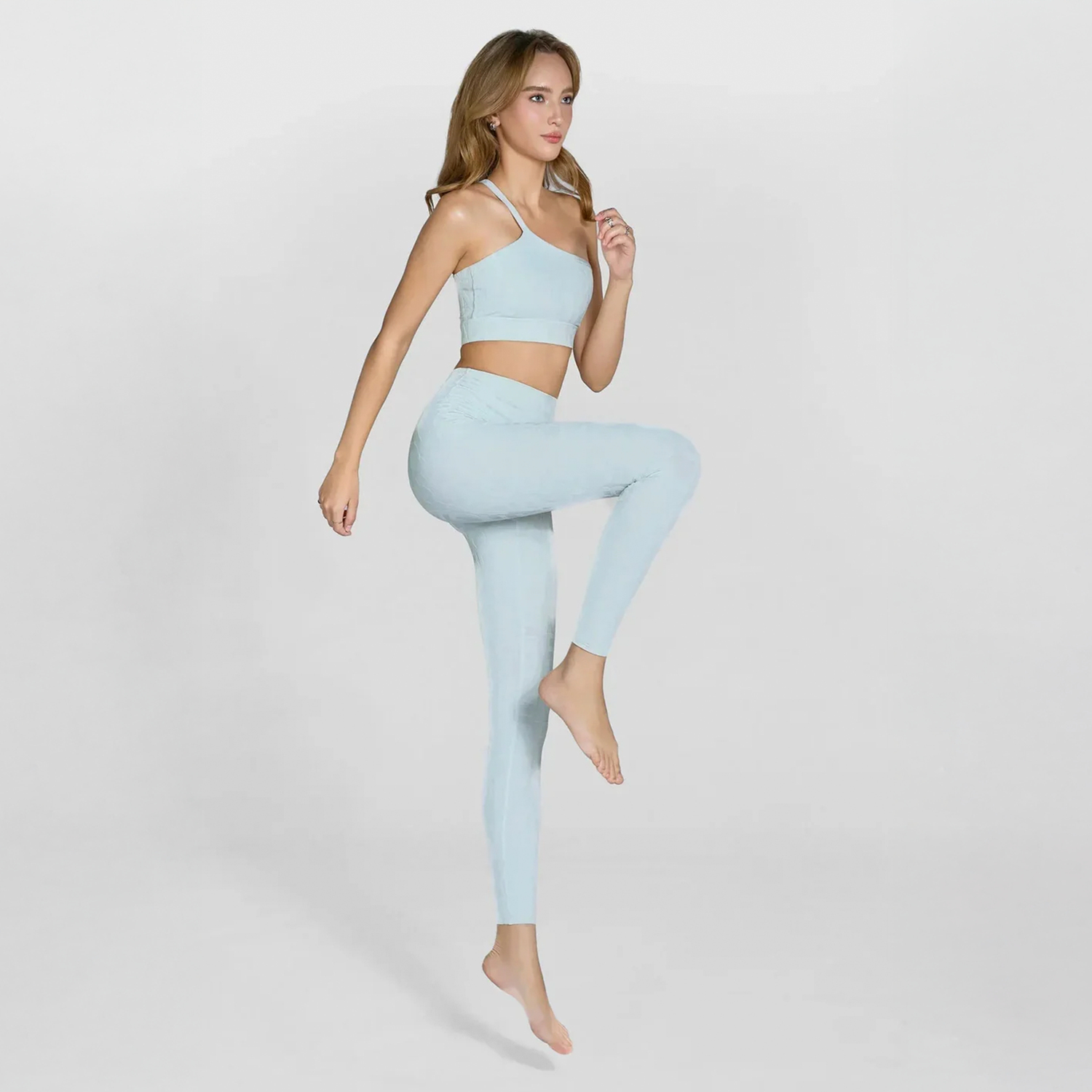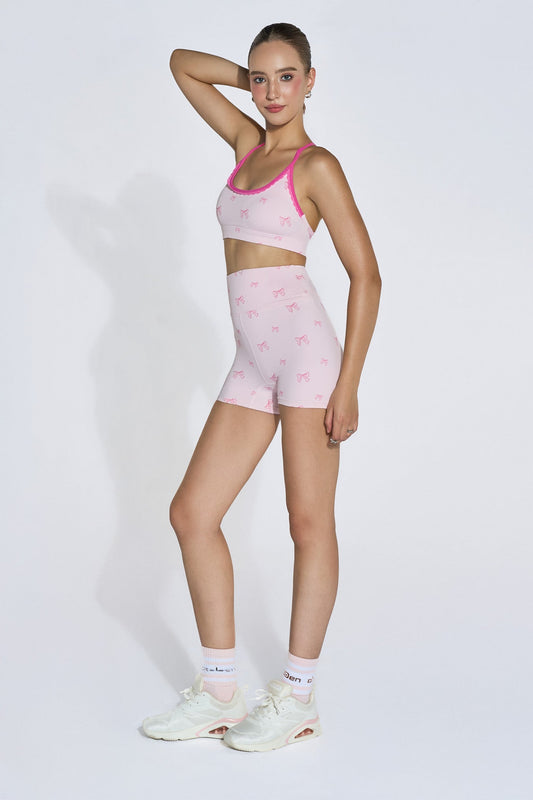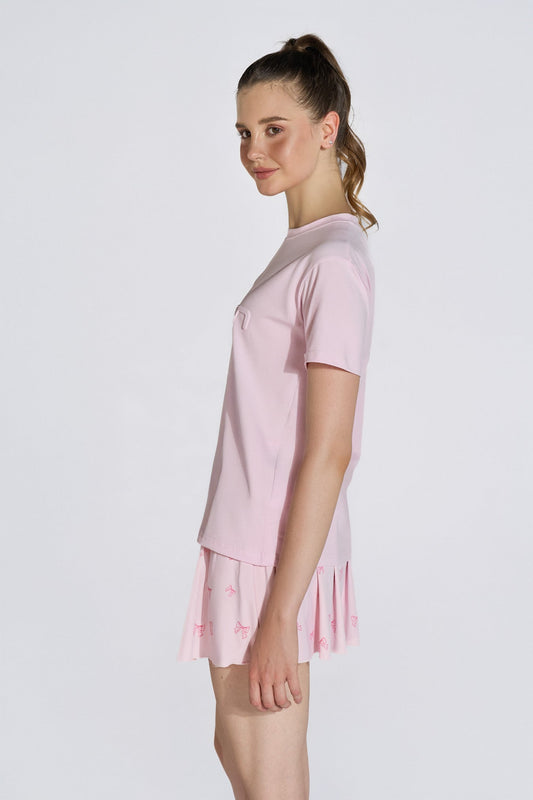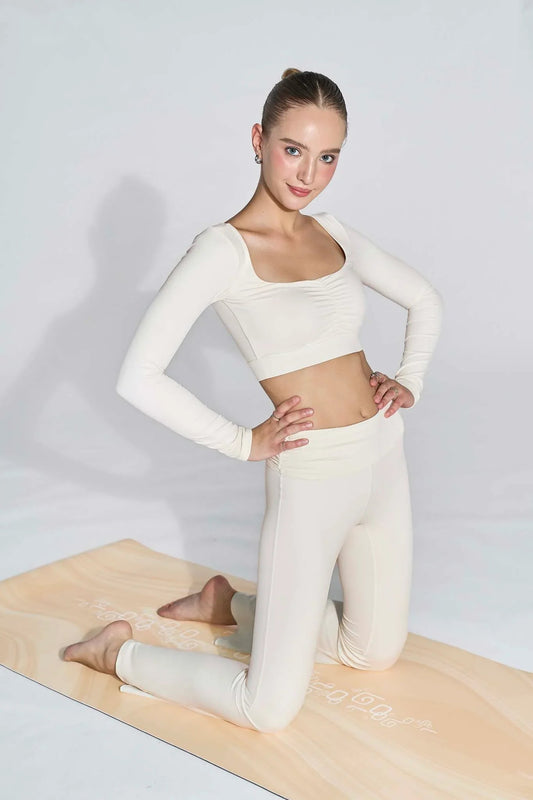In today’s fast-paced world, feelings of anxiety and stress have become all too familiar for many. Pressure from work, relationships, and countless everyday challenges can take a serious toll on mental health. If you’re looking for a natural way to calm your mind, yoga for anxiety relief might be the key. Just a few minutes a day with the right poses can help you feel more relaxed, balanced, and deeply at peace.
In this article, Olaben will guide you through 9 effective yoga poses that can help release tension, uplift your mood, and bring you a sense of serenity amid life’s hustle and bustle.
1. How Can Yoga Help with Anxiety and Depression?
“What should I do if I have anxiety?”—this is a question that troubles many who deal with persistent worry and stress. Today, alongside medical treatments, yoga for anxiety and depression is increasingly recommended by health experts thanks to its safety, natural approach, and long-lasting benefits.
Research shows that yoga not only strengthens and increases the flexibility of the body but also offers remarkable mental health benefits:
-
Boosts energy and physical flexibility
-
Reduces stress and relieves mental pressure
-
Improves concentration and eases fatigue caused by depression
-
Helps alleviate symptoms of anxiety and depression
-
Manages chronic pain and supports musculoskeletal health, such as easing back pain
According to Dr. Mason Turner of the Kaiser Permanente Medical Group (USA), yoga works as an effective therapeutic practice thanks to its harmonious combination of meditation – movement – breathwork:
-
Meditation: Calms the mind, keeps you present, and helps you release worries.
-
Movement: Yoga poses require focus, enhancing the mind-body connection.
-
Breathwork: Deep, slow breathing reduces symptoms of depression, anxiety, and insomnia while creating a profound sense of relaxation.
If you’re new to yoga, you can start with basic yoga poses under a trainer’s guidance to ensure correct technique. Once you’re comfortable, you can practice at home—just remember to consult your doctor to ensure safety and maximize the benefits.
9 Yoga Poses for Anxiety Relief
Anxiety doesn’t just keep your mind in a constant state of tension—it also affects your physical health, making it harder to sleep, focus, and maintain your energy levels. Instead of relying solely on medication or medical interventions, many turn to yoga as a natural, safe, and sustainable solution.
Yoga for anxiety not only works on your muscles and breathing but also helps regulate the nervous system, lower your heart rate, deepen relaxation, and spark an inner sense of peace.
Here are 9 carefully selected yoga poses that are easy to do at home yet highly effective in easing stress and anxiety.
1. Child’s Pose (Balasana)
An ideal starting point for calming the mind. By sitting back on your heels and folding forward with arms extended or alongside the body, you gently stretch the back, shoulders, and neck. This deeply restorative pose helps slow the heart rate and creates a sense of letting go—like every burden is melting away with each breath.

2. Tree Pose (Vrikshasana)
Tree Pose helps you find balance in both body and mind. By rooting one foot firmly into the ground while placing the other on your calf or thigh and raising your arms overhead, you build stability and focus. It’s a great way to practice standing tall in the “storm” of anxiety while drawing on a quiet, steady energy from within.

3. Warrior II (Virabhadrasana II)
Strong and grounded, Warrior II opens the chest and hips, encouraging deep, steady breathing. With your gaze fixed ahead and arms extended with purpose, you embody the spirit of a warrior ready to face any challenge. This pose nurtures confidence and resilience—two key allies in overcoming anxiety.

4. Triangle Pose (Trikonasana)
A full-body stretch that opens the hips, hamstrings, and shoulders while improving circulation and flexibility. As one hand reaches toward the sky and the other rests lightly on your shin or the floor, your chest expands, inviting deeper breaths and greater relaxation. This is a wonderful pose for dissolving feelings of heaviness or mental confinement.

5. Puppy Pose (Uttana Shishosana)
A gentle blend of Child’s Pose and Downward Dog, Puppy Pose deeply lengthens the spine and shoulders. As your forehead rests on the mat and your back extends, tension melts from the neck and shoulders, replaced by a sense of calm flowing through the body.

6. Legs-Up-the-Wall Pose (Viparita Karani)
Simple yet powerful—lie on your back and extend your legs up a wall to reverse blood flow, slow the heart rate, and soothe the nervous system. This pose is perfect at the end of a long day, especially when anxiety makes it hard to fall asleep. For extra comfort, use a pillow or soft yoga mat.

7. Corpse Pose (Savasana)
Despite its name, this is the art of ultimate relaxation. By lying flat on your back, closing your eyes, and consciously relaxing every part of your body, you let layers of tension slip away. Savasana is the ideal closing pose for any practice, restoring clarity and inner stillness.

8. Seated Forward Bend (Paschimottanasana)
Sit tall, reach for your feet, and fold forward slowly to stretch the back and hamstrings. This inward pose invites stillness and self-reflection—offering a moment to retreat from outside worries and reconnect with yourself.

9. Bridge Pose (Setu Bandha Sarvangasana)
A revitalizing backbend that strengthens the back and legs while opening the chest and shoulders. Lifting your hips toward the sky creates a rush of positive energy, relieves lower back tension, and boosts circulation—leaving you feeling uplifted and optimistic.

By incorporating these 9 yoga poses into your daily routine, you’ll gradually build a calmer mind, a healthier body, and a stronger spirit. With regular practice, anxiety will fade, replaced by peace and balance in your life.
Complete Your Practice with Olaben
To make each yoga session truly fulfilling and effective, choosing the right clothing and equipment is essential. Olaben offers everything you need, combining premium quality with stylish designs:
-
Women’s activewear and women's Yoga Clothing: Form-fitting, stretchy designs—from leggings to modern sports bras—for comfort and confidence in every pose.
-
Premium yoga mats: Non-slip, cushioned surfaces for stability and joint protection.
- Yoga blocks: Help with challenging poses, improve flexibility, and deepen stretches.
- Sports water bottles: Convenient designs to keep you hydrated throughout your session.
- Men’s sportswear: Optimized for movement with a bold, athletic style.
With Olaben by your side, you’ll feel comfortable, confident, and energized in every movement.



